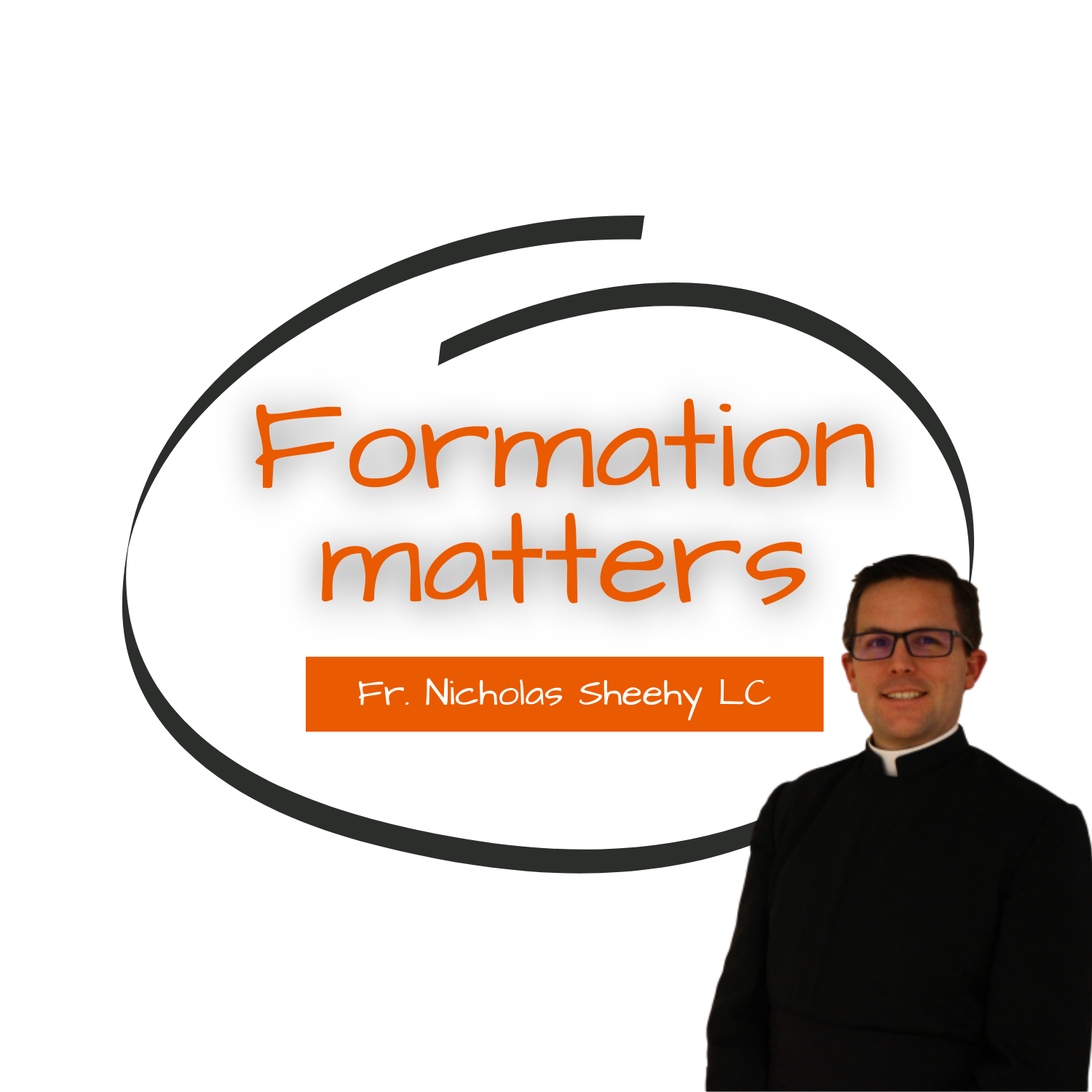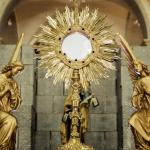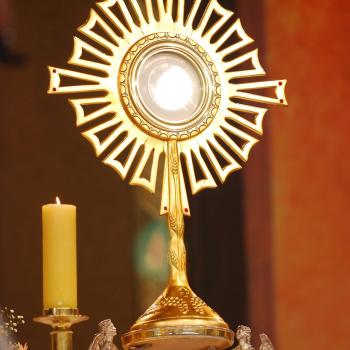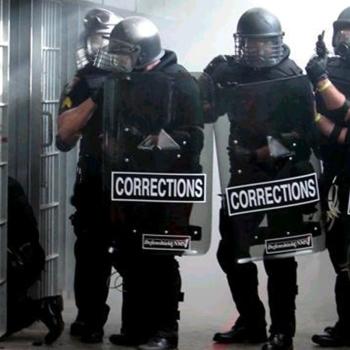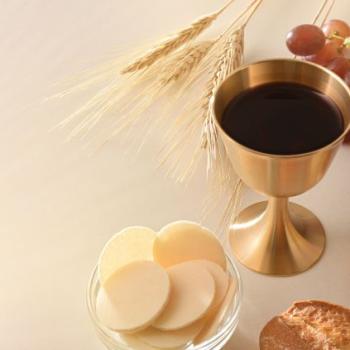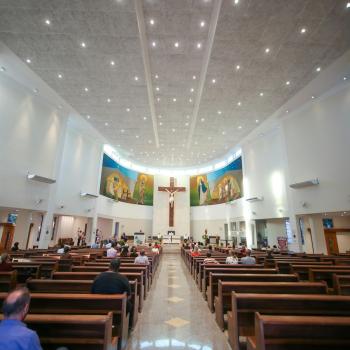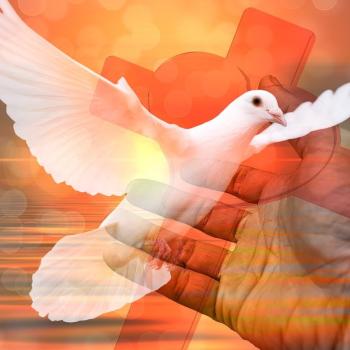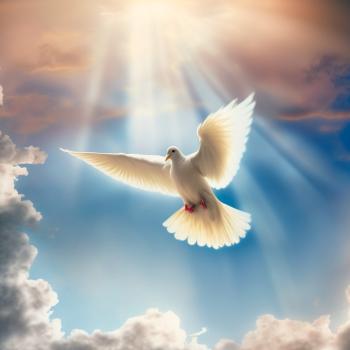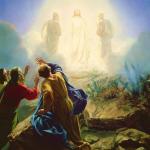Living the offertory of the Mass as a layperson can be challenging. Do you ever feel that you are just “watching” the Mass and that the priest is the protagonist? If that is your attitude, it becomes far too easy to “zone out” during Mass. It seems hard enough to just get to Mass, and we may ask ourselves, do I really have to pay attention the whole time?
I get it – it can be hard just to be there, but I think it is harder to sit there unengaged than to be fully present in the worship taking place. The other day, I saw an interesting video on YouTube which had the thesis that people going to Mass to “get something out of it” are much less likely to continue attending Mass than those who go to Mass to worship God. So, the trick is to make sure that we go to Mass with the conscious intention of worshiping God.
Homily – Proving You Went to Mass
Most of us get that the homily is important. Maybe we even use it as our primary benchmark to judge whether we were paying attention during Mass. We may ask ourselves if we remember the Gospel passage and the homily as a way of convincing ourselves we lived the mass well. I don’t know if I can speak for all priests on this, but you remembering the details of my homily is not my number one priority during the mass. I would much rather have you remember Communion and come up with a real resolution than to “ooh and ahh” at my homily. Now, if you do remember the homily and it was a spiritual help to you, that is obviously an awesome added bonus that should not be taken for granted. However, the homily is not meant to be the high point of the Mass.
Eucharistic Prayer – High Point of the Mass
We probably understand as well that the Eucharistic Prayer is quite special. We kneel and see the special gestures of the priest and listen to the words of Institution, consecrating bread and wine into the Body and Blood of Christ. This is truly incredible–a marvelous miracle that re-presents the Sacrifice of Calvary in an unbloody manner. This is awe-inspiring and we must seek to live it deeply.
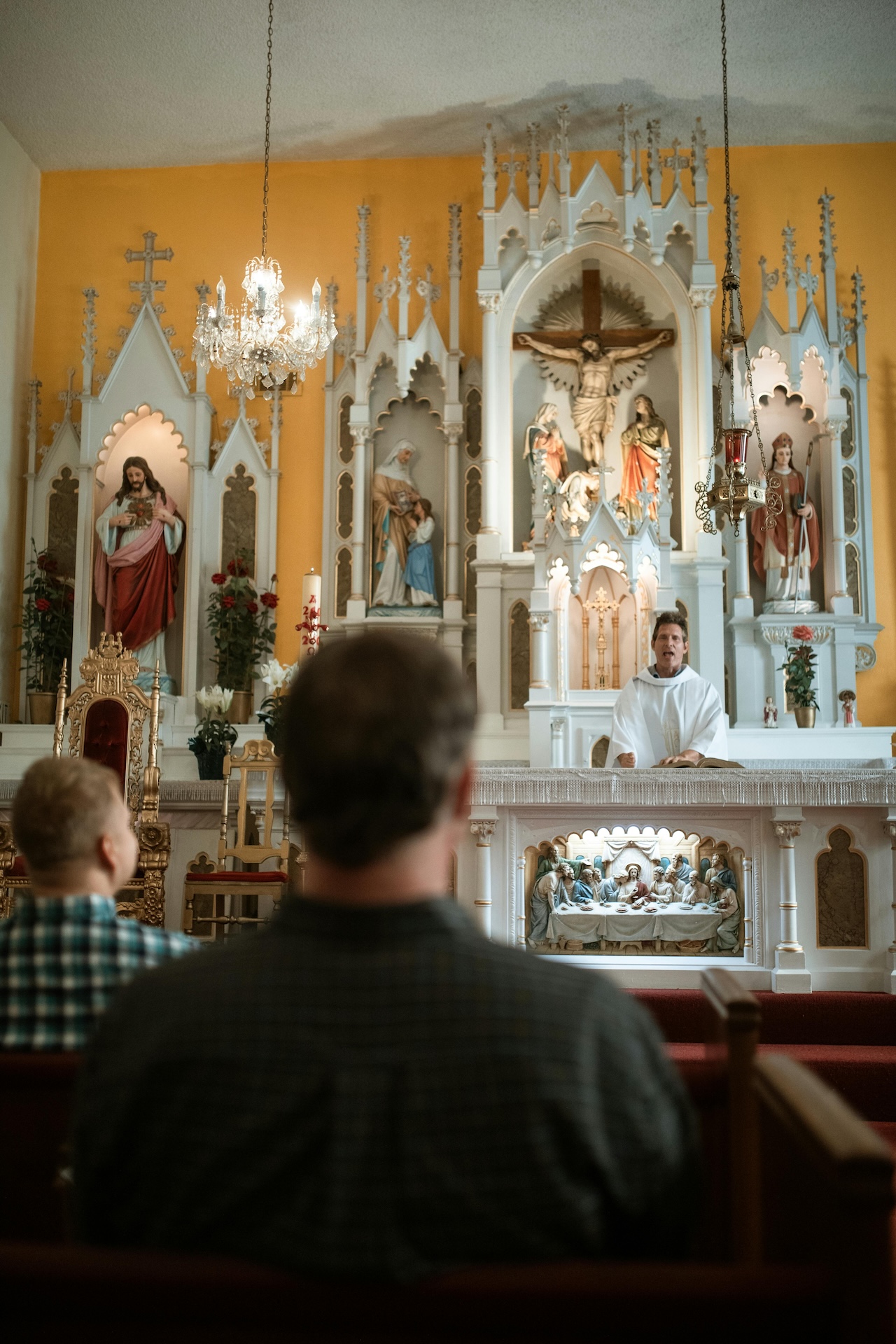
Low-hanging Fruit of the Offertory
However, I feel like we often miss the grandeur of the Offertory. If we come to Mass to worship God, it seems that the Offertory is one of the most fitting moments of the Mass to get into this spirit of worship. It is in the Offertory that we are able to contribute our own gifts as a concrete sign of our worship of our Lord.
The presentation of the offerings (the Offertory). Then, sometimes in procession, the bread and wine are brought to the altar; they will be offered by the priest in the name of Christ in the Eucharistic sacrifice in which they will become his body and blood. It is the very action of Christ at the Last Supper – “taking the bread and a cup.” “The Church alone offers this pure oblation to the Creator, when she offers what comes forth from his creation with thanksgiving.” The presentation of the offerings at the altar takes up the gesture of Melchizedek and commits the Creator’s gifts into the hands of Christ who, in his sacrifice, brings to perfection all human attempts to offer sacrifices. (Catechism of the Catholic Church, 1350).
Going Back to the Beginning
In the act of the Offertory, we go back to the very beginning of the Bible. The worthy sacrifice made to God by the first children of Adam and Eve was the grain offered by Abel. His offering was favored by the Lord because he gave the first fruits of his harvest. When you are living the Offertory, do you call to mind the first fruits of all that you are doing? Do you offer them up to the Lord?
What to do During the Offertory
When you watch the procession of the gifts, unite yourself spiritually and offer up your own good works and sacrifices along with the bread and wine that some members of the faithful bring to the altar. Take a moment and go through your week. What have been the greatest blessings? Offer them up to the Lord. What have been the heaviest crosses? Offer them up to the Lord. It is such a great gift to give all of this up to the Lord. They represent all of us, and likewise the sacrifice that the priest makes belongs to all of us.
Bread and Wine
It is fitting to offer both bread and wine, and not just because we need both for the Eucharist to take place. The bread represents the most mundane of our daily tasks. We all need to eat, not just every day, but even several times a day. It can seem kind of wearisome sometimes to have to replenish ourselves so often just to maintain our existence. We need bread; we need our “daily bread,” as Jesus reminds us when he teaches the Our Father to his disciples. On a complementary note, the wine represents the joy of life; our lives here on earth are not only suffering and heartache. There are so many reasons to be joyful, and we remember this too when we celebrate the Mass.
An Ancient Priest
Melchizedek is the ancient figure who prepares the way for the priesthood of the New Testament. Under the first covenant, the priests offered sacrifice of lambs and goats, harvests and turtledoves. They had to know the Sacred Writings, but much of their work consisted of service in the Temple. Under the New Covenant, the priests offer up the true sacrifice, uniting themselves to Jesus and serving as ministerial priests of the true High Priest, Jesus Christ our Lord. By offering bread and wine, we unite ourselves to this New Covenant priesthood and have a guaranteed share in the blessings to come.
Final Thoughts About the Offertory
To take better advantage of the Offertory, make sure to call to mind your own offerings to Jesus. Think, as well, of the priesthood of the New Testament, prefigured by Melchizedek. Use this time to also get ready for the Eucharistic Prayer, when the priest makes Jesus present through the words of consecration. This is a great opportunity to heighten your awareness and engagement at the halfway point of the Mass.
What do you think? Comment below.
Subscribe to the newsletter to never miss an article.


